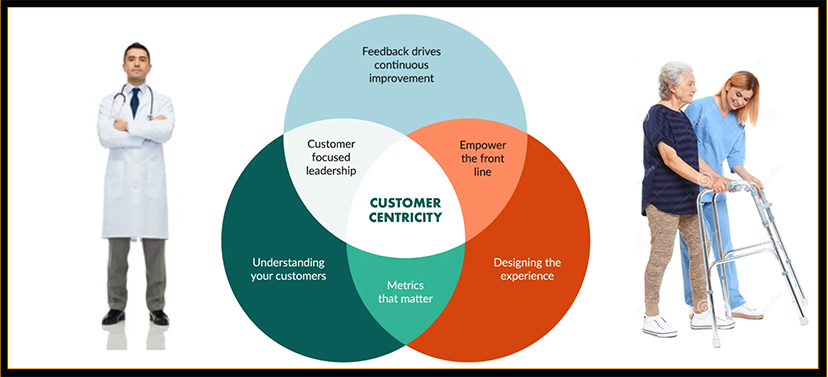
Insight by: Jon Warner
Greater data connectivity, interoperability and increasing consumer engagement are key elements that are expected to shape the future of health. Within the next 10-15 years, the consumer—rather than health plans or providers—will determine when, where, and with whom he or she engages for care or to sustain health and well-being. In addition, health information will become much more accessible and—with appropriate permissions—broadly shared by the consumers who own it, including with life science organizations, as they choose to do so. This will often be done very simple, in electronic form, and form a range of digital devices that the consumer will already own. Life science organizations will need to be digitally ready for these massive changes.
As a result of the above, there is a lot of discussion today across life sciences companies, and pharmaceutical organizations in particular, about the whole concept of ‘patient-centered care’ (especially digital health or virtual care terms) or what is often called ‘patient centricity’. But, perhaps, we are starting with the wrong term, as it implies that we are only concerned with someone who needs help to recover from illness as opposed to maintaining their good health. As such, perhaps a better term is ‘customer-centricity’. On my image above are three potential ‘customers’ that we may want to consider in looking to put them more at the center. These are the customer (or patient) the caregiver (professional or otherwise) and last, but not least the health care professional (or HCP) or clinician. We, therefore, need to keep all 3 of these in mind, separately when we look to put them more at the center of our world, whether we are a health provider, payer or a pharma company.
Many life sciences companies will say they are patient-centric, given that they are making and marketing products for patients or consumers in general. However, the consumer perspective has traditionally been viewed through the lens of the physician, the regulator, or the health insurance plan. But leading managers in the life sciences sector are starting to adopt much more customer-centric approaches, and in so doing avoiding falling into the trap of thinking it is only:
• a public relations or externally focused initiative: To counter this, life sciences company leaders have formed critical alliances and partnerships with outside organizations, and in many cases with small and large technology companies and startups to help drive positive change.
• just about being better engaged with customers as study subjects: Getting customer/patient input into studies is foundational, but it cannot be a one-way street. Customer-centricity is not just about making clinical trials more friendly to get faster enrollment and get to market faster, but about listening to customers carefully so that their views and opinions are fully captured.
• one size fits all: Ultimately, customer/patient-centricity will look different for every company.
Naturally, in striving for a more customer or patient-centric approach, there are often several obstacles. These include but are not limited to the regulations around product development and collecting patient data, as well as competing or changing priorities with the life sciences organization, not to mention limited resources. This means that life sciences companies need to be willing to accept a certain amount of risk to advance customer-centric initiatives and therefore be ready to double down of their efforts when the pressure is on.
Taking the time to understand the perspective across the customer patient journey is central to supporting healthy behaviors, achieving better health outcomes, and improving the overall experience with the life sciences organization. To achieve customer satisfaction and strong health outcomes, players in the health care ecosystem should therefore prepare for disruption and innovation, and this is likely to mean a lot more digitalization in all of its facets. If life sciences organizations can bring customer centricity to the forefront and bring appropriate technology into the relationships to better communicate, there will likely be greater opportunity to improve health, build trust, and improve connectivity with people, and positively build customer ‘stickiness’ and reputation in the process.




